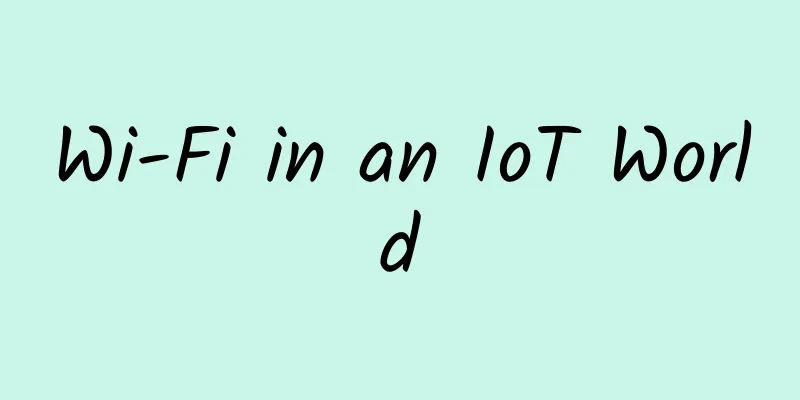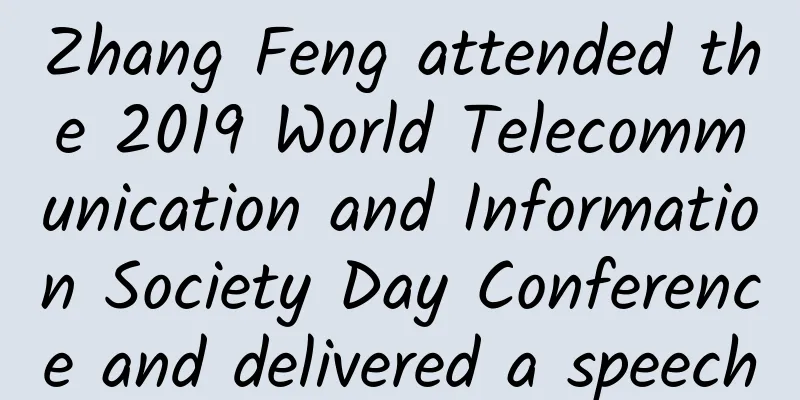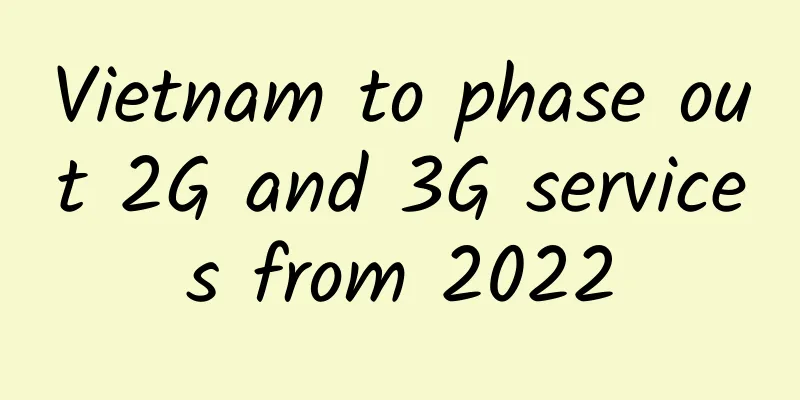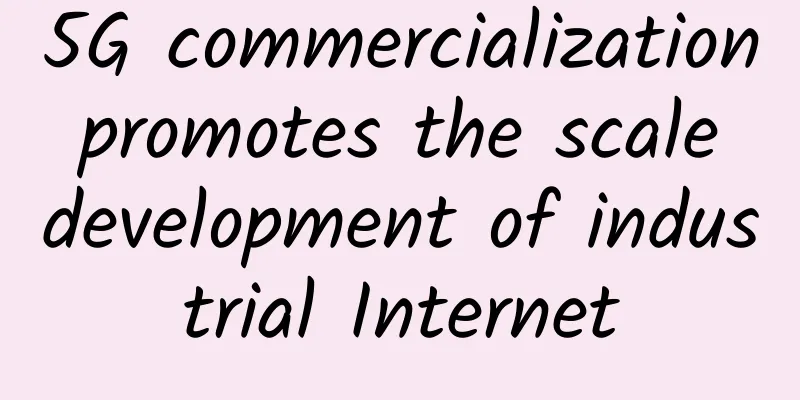The truth about 5G speed, is your 5G package worth it?
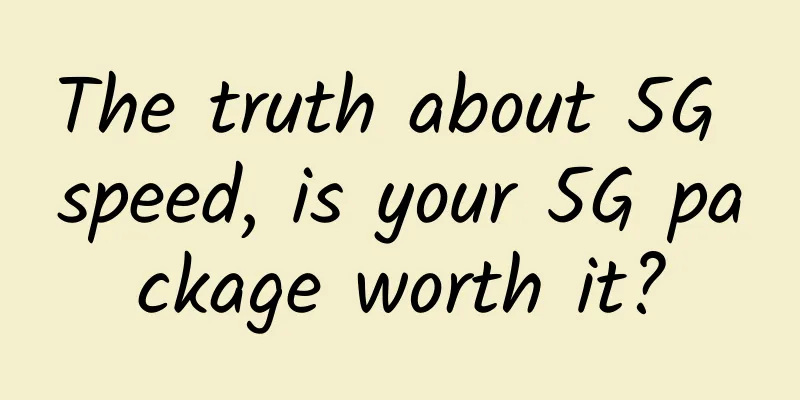
|
We'll cover the different 5G speeds, and how to check if you're actually getting them. How fast is 5G? That's the question we're here to answer. But as usual with such a broad question, there are a lot of caveats. It's impossible to give a speed for 5G networks without further qualification. There are a few reasons for this, but the main one is the different types of 5G. There's undoubtedly still confusion about just how fast 5G networks will be able to get. That's because a lot of networks evolve and get faster over time, so the speeds we see on 5G now aren't reflective of what we'll be getting to in a few years. Of course, there are differences between different networks at the moment - for example, the US is using the faster mmWave technology, but not everywhere. In Europe, however, the technology isn't there yet, so peak speeds in densely built-up areas are much lower than in mmWave areas in the US. In our 5G technology explainer we outlined the four types, and in this post we'll dig a little deeper into the truth behind these 5G speeds - what the terms mean, theoretical and real-world speeds, and the best apps and services to reveal how fast 5G you're getting. In fact, 5G also has different types There are four important types of 5G, ranging from so-called standard 5G to industrial 5G. The following table lists the main categories. The speed of each type depends on the current technology and how data and signals are used. The deployment of each network also varies. For example, mmWave networks - sometimes called 5G+ - are not yet available in the UK and Europe. The key problem is that the networks aren't talking directly about what kind of 5G they're using -- mostly to obfuscate the fact that they haven't yet rolled out faster 5G service (some are even pretending they're offering 5G-level service when they're not). All of this could become a problem when comparing services, even if we haven't yet reached the stage where 5G speeds will keep you on the network. So the first type of thing to avoid is gimmicks, where a sub-par 5G service is not actually 5G at all. This is a problem with some services in the US right now, but not yet in the UK. How fast is 5G? For each iteration of mobile technology, standards are set by 3GPP to ensure that the technology meets certain benchmarks to protect consumers and regulate how the technology is deployed and used. 3GPP is a standards body for mobile communications, originally formed in the early 1990s for 3G. It combines standards bodies from key regions such as Europe and regions such as South Korea, Japan and China. Other key partners are organizations that tie together other groups interested in telecom standards. These include the GSMA, an industry group that brings together mobile operators, and the Wireless Broadband Alliance, which aims to promote interoperability between Wi-Fi standards. Within the 5G standard, operators with "5G networks" must achieve their minimum speeds, which have been set at 20Gbps downlink and 10Gbps uplink per mobile base station. That's the key point, this is the minimum download and upload speeds that a single cell on the network will achieve. This is not the minimum speed that consumers will see or should expect on their devices. In short, this is a standard for the network to meet, not for consumers or businesses to meet. In theory, you can achieve these speeds if you connect directly to a micro base station (cell) via a fixed line, without sharing this connection with any other users. Such speeds have been achieved under laboratory conditions. In fact, lab tests have achieved astonishing speeds of 1Tbps. Of course, in the real world, where we are surrounded by billions of connected devices, all receiving and sending signals simultaneously, these maximum speeds are unattainable. The reality is that those 20Gbps will be split between every device connected to that base station. Also, 5G base stations must be able to support at least 1 million connected devices per square kilometer, so those speeds are likely to be greatly dispersed. As a result, the 5G specification calls for 100Mbps download speeds and 50Mbps upload speeds per user. This is close to the speeds achieved on LTE networks, and although such speeds are rare on LTE networks, they will likely become the standard on 5G networks. We've seen phones hit speeds of nearly 1Gbps, but that was live at Vodafone's UK headquarters. Real-world speed readings on many mmWave networks tend to be over 500Mbps, while speed readings from lower-band frequencies in the US (from T-Mobile and AT&T) seem to be around 200Mbps. That's still better than we expected. You'll find that the fastest speeds you currently get on 4G LTE will actually become the norm. Performance will improve across the board. To test the performance of high-speed vehicles, Samsung deployed a 5G network at the Korea International Circuit last summer. The trial was to prove that 5G mmWave performance is stable and seamless at high speeds. Samsung believes that racing will be an application case for future 5G networks, where large amounts of data will be transmitted over wireless circuits. Of course, like 4G, there are always external factors that affect 5G networks. These include your distance from the base station, whether you are walking or in a moving vehicle or train, the type of device you use, and your network provider. Real-world 5G speeds already vary widely, even as the technology matures. The following standards can serve as a guide:
In addition, improving network throughput can be achieved from three aspects, namely increasing communication bandwidth, increasing cell density and improving spectrum efficiency. Correspondingly, it can be achieved through the following technologies: millimeter wave communication, small cell and large-scale MIMO technology. 1. Improving communication bandwidth - representative technology: millimeter wave Currently, wireless communications mostly use frequency bands below 6 GHz. However, with the increase in the number of users and smart devices, the limited spectrum bandwidth needs to serve more terminals, resulting in a serious decline in the service quality of each terminal. In order to solve the problem of limited spectrum resources, a feasible method is to develop new communication frequency bands and expand the communication bandwidth. For this reason, many operators or equipment suppliers are currently conducting tests on millimeter wave frequency band communications. The millimeter wave frequency band refers to the frequency band of 30-300 GHz (as shown in the figure above). Compared with the original frequency band below 6 GHz, it is a very rich frequency band resource. The wavelength of radio waves in this frequency band is between 1-10 mm. Due to the short wavelength of millimeter waves, the transmission loss is particularly serious in actual communication. Water vapor in the air will cause serious attenuation. It is transmitted in the form of direct waves. It is a typical line-of-sight transmission method with extremely poor penetration ability. Walls, leaves, etc. will cause signal blocking. Therefore, millimeter waves are currently used for transmission between base stations, radars, satellites, etc. (base stations are set up on high ground and there are usually no buildings blocking each other). Because the millimeter wave frequency band has high fading characteristics, it can be combined with large-scale MIMO technology to enhance signal strength, or combined with small cell technology to enhance the distance of signal propagation. 2. Improving cell density - Representative technology: Small cell heterogeneous network The realization of 5G will inevitably require some changes in infrastructure construction, which must be compatible with previous systems and provide stronger services. The deployment of small cells is one of the key technologies to improve spectrum utilization and enhance user service quality. Small cells are different from traditional macro base stations. They only require lower transmission power and can be easily deployed on street lamps and other facilities to serve users in a small range, as shown in the figure above. Since the service range of small cells is small, different small cells and small cells and macro cells can reuse the same spectrum resources, forming a heterogeneous structure with traditional macro cells, greatly improving the spectrum utilization of the system. In addition, small cells can play a relay role, enhance signal strength and coverage, and also increase the number of terminals served by the system. 3. Improve spectral efficiency - representative technologies: massive MIMO and beamforming Massive MIMO is a very promising key technology in 5G. Compared with 8 (or less) transmitting antennas in 4G systems, Massive MIMO will deploy hundreds of antennas on the same antenna array, bringing the antenna array gain to a new level! Massive MIMO has not yet been deployed and applied in practice. It is currently tested in laboratories or in some specific environments. However, the existing test results show that Massive MIMO only needs simple linear precoding processing (such as MRT, ZF) to provide extremely high downlink transmission rates. Beamforming/precoding technology is inseparable from multi-antenna systems. Beamforming technology can make the transmitted signal have a certain directionality, avoid interference with surrounding users, and improve the received signal power of the designated user. As the number of antennas in the massive MIMO system increases, the system can serve more end users. How to avoid user interference generated during signal transmission is an important issue. Beamforming technology is an indispensable part of the massive MIMO system. How long does it take to download a 5GB movie? To put that in perspective, here's how long it would take to download a 5GB movie at the highest end of average speeds over various types of networks. It's also worth pointing out that 5G speeds may feel faster due to the improved latency of 5G networks (5G standards call for an ideal minimum latency of 4ms, down from an average of 20ms on LTE).
4G connections will typically peak around 20Mbps, though 10Mbps is a more stable speed.
On the 5G- /4G LTE Advanced network, speeds averaged around 60Mbps.
In real-world scenarios, standard 5G transmission speeds have remained at 100Mbps.
If you want to test whether your 5G plan is worth the money, here are some terms you should know: Speed Test Glossary |
<<: Smart building wiring, how to make a wise choice?
>>: Build an HTTP experimental environment by yourself
Recommend
How 5G will drive drone technology forward
Ever since drones took to the skies, they have be...
Wi-Fi Alliance wants to simplify the numbering and use numbers instead of "802.11ac"
If you've ever bought a Wi-Fi router, you pro...
SD-WAN is about to dominate edge networks
Network transmission is like playing a team battl...
Color light shines! The results of the application case collection activity of "Technical Specifications for the Construction of Ethernet All-Optical Networks in Smart Parks" are announced
Recently, the Green Construction and Intelligent ...
8 ways to make Android a powerful productivity tool
【51CTO.com Quick Translation】 According to a surv...
Single machine million TCP connection test source code
[[382120]] This article is reprinted from the WeC...
Accelerating NFV interoperability testing
Many service providers have deployed network func...
Why is network proxy technology so popular? Forward proxy | Reverse proxy
1. The concept of agency I believe everyone has h...
FAA announces agreement with AT&T, Verizon to expand C-band 5G signals
The Federal Aviation Administration (FAA) said it...
20% off on all Ouluyun VPS, starting from $3.2/month for Los Angeles CN2 GIA/Hong Kong CN2 GIA lines
EuroCloud was established in 2021 and registered ...
The Ministry of Industry and Information Technology issued a notice, and the three major operators had no choice but to accept it. Users who have not yet switched to 5G are blessed
The 5G era is coming. What should 4G users do? On...
Why do you need to consider whether IPv6 is supported when adopting SD-WAN?
The Internet of Things (IoT) has fundamentally ch...
Ministry of Industry and Information Technology: 5G traffic price dropped 46% to 4.4 yuan/GB in two years and will continue to drop in the future
What is certain is that operators will continue t...
AkkoCloud: US CN2 GIA/Germany CN2 GIA/UK CN2 GIA line VPS annual payment starts from 299 yuan
AkkoCloud is a Chinese hosting company founded in...
Talking about IPv6 tunnel technology
IPv6 was originally designed without tunnel techn...





